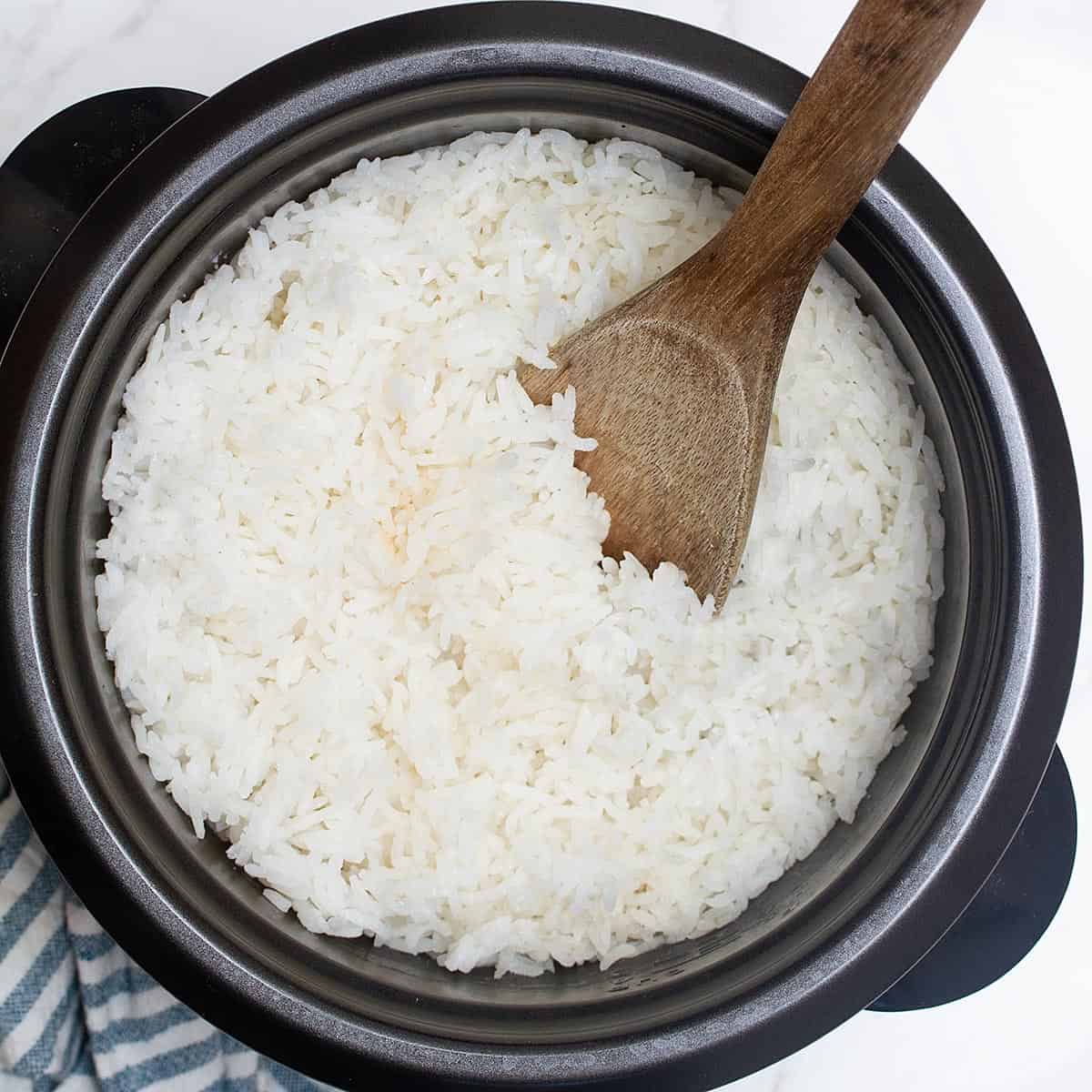

Articles
How Long Should I Cook Rice In A Rice Cooker
Modified: February 29, 2024
Learn how long to cook rice in a rice cooker with our informative articles. Discover the perfect cooking time for fluffy and delicious rice.
(Many of the links in this article redirect to a specific reviewed product. Your purchase of these products through affiliate links helps to generate commission for Storables.com, at no extra cost. Learn more)
Introduction
Welcome to the world of cooking rice in a rice cooker! Whether you’re a seasoned chef or a kitchen newbie, using a rice cooker can simplify the process of cooking rice and ensure consistently delicious results every time. So, if you’ve ever wondered how long you should cook rice in a rice cooker or struggled to get the perfect texture, you’ve come to the right place.
Understanding the basics of rice cooking is essential to master the art of using a rice cooker. While cooking rice may seem straightforward, it requires a delicate balance of water, heat, and timing to achieve fluffy and perfectly cooked grains.
In this article, we will delve into the intricacies of rice cooking, explore the ideal rice-to-water ratios, discuss factors to consider when cooking rice, and provide a step-by-step guide to cooking rice in a rice cooker. We’ll also share some helpful tips, highlight common mistakes to avoid, and answer frequently asked questions about cooking rice in a rice cooker.
So, whether you’re a fan of long-grain white rice, aromatic jasmine rice, nutty brown rice, or any other rice variety, you’re about to become a rice cooking expert. Let’s get started!
Key Takeaways:
- Master the art of cooking rice in a rice cooker by understanding the ideal rice-to-water ratio, considering rice type and cooking time, and utilizing the appropriate settings for consistently delicious results.
- Elevate your rice cooking game with tips for accurate measurement, rinsing or soaking the rice, and avoiding common mistakes to achieve perfectly cooked, fluffy, and flavorful rice every time.
Understanding the Basics of Rice Cooking
Before we dive into the specifics of cooking rice in a rice cooker, it’s important to have a basic understanding of how rice cooks and what factors influence its texture and flavor. Rice is a staple food for many cultures around the world, and there are various types of rice, each with unique characteristics.
When rice is cooked, it absorbs water, expands, and becomes soft. The cooking process involves the gelatinization of starch in the rice grains, which gives the rice its characteristic texture. The starches in the rice absorb water and swell, creating a fluffy and tender end result.
The key to perfectly cooked rice lies in finding the right balance between the rice and water. The amount of water used, the cooking time, and the heat are crucial factors that determine the outcome. Different types of rice require different amounts of water and cooking times.
The most common type of rice used for everyday cooking is long-grain white rice. It has a mild flavor, separate grains, and a slightly chewy texture when cooked. Other popular varieties include jasmine rice, basmati rice, and brown rice, each offering unique flavors and textures.
When it comes to using a rice cooker, it’s essential to understand the rice-to-water ratio. This ratio varies depending on the type of rice and desired texture. In general, the ratio for white rice is one cup of rice to one and a half cups of water, while brown rice usually requires more water due to its longer cooking time.
Now that we have a grasp of the basics, we can move on to the specifics of cooking rice in a rice cooker. In the following sections, we’ll discuss the ideal rice-to-water ratio, factors to consider, and provide a step-by-step guide to perfectly cooked rice.
Determining the Ideal Rice-to-Water Ratio
One of the most crucial factors in cooking rice is the rice-to-water ratio. Getting the right amount of water ensures that the rice absorbs enough liquid to cook evenly and maintain a desirable texture. The ideal ratio can vary depending on the type of rice, desired texture, and personal preference.
For most types of white rice, the general rule of thumb is to use a 1:1.5 ratio of rice to water. This means that for every cup of rice, you should use one and a half cups of water. This ratio provides enough liquid for the rice to absorb without becoming overly mushy.
However, it’s important to note that the ratio can slightly differ depending on the specific variety of rice and the desired texture. For example, if you prefer your rice to be softer and stickier, you can increase the water slightly to a 1:2 ratio.
On the other hand, brown rice typically requires more water due to its longer cooking time and the outer bran layer. A common ratio for cooking brown rice is 1:2.5, meaning that for every cup of brown rice, you’ll need two and a half cups of water. This extra water helps to soften the bran layer and ensure that the rice cooks thoroughly.
For aromatic rice varieties such as jasmine or basmati, the ratio is typically the same as white rice – 1:1.5. However, some people prefer to use a bit less water to maintain a slightly firmer texture and emphasize the rice’s natural fragrance and flavor.
Keep in mind that these ratios are general guidelines, and you can adjust them based on your taste preference and the specific rice cooker you’re using. Some rice cookers may have specific instructions and recommended ratios, so it’s always a good idea to consult the manufacturer’s guidelines.
Ultimately, finding the ideal rice-to-water ratio may require a bit of trial and error. It’s always a good idea to start with the recommended ratio and make adjustments based on the results. Remember, practice makes perfect, and once you find the ratio that works best for you and your rice cooker, you’ll be able to consistently cook delicious rice without any guesswork.
Factors to Consider When Cooking Rice
While the rice-to-water ratio is essential for cooking rice, there are several other factors that can influence the outcome. Taking these factors into consideration will help ensure that your rice turns out perfectly cooked and flavorful every time.
1. Rice Type: Different types of rice have different cooking times and absorb water differently. Long-grain rice, such as white rice, typically cooks faster than short-grain or sticky rice. Brown rice requires a longer cooking time and more water due to its outer bran layer.
2. Rice Quality: The quality of the rice can impact the final result. Fresh, high-quality rice will cook more evenly and have better texture and flavor. Look for rice that is properly stored and not too old to ensure the best outcomes.
3. Washing Rice: It is recommended to wash rice before cooking to remove any impurities, excess starch, and debris. Gently rinsing the rice under cold water until the water runs clear can help improve the texture and reduce stickiness.
4. Soaking Rice: Soaking rice before cooking can help shorten the cooking time and improve the texture. This is especially beneficial for long-grain rice and brown rice. Soaking for 20-30 minutes can make a noticeable difference in the final result.
5. Rice Cooker Capacity: Pay attention to your rice cooker’s capacity when determining the amount of rice and water to use. Overfilling the rice cooker can lead to uneven cooking and spillage, while underfilling may result in rice that is undercooked.
6. Cooking Time: The cooking time can vary depending on the type of rice and the desired tenderness. White rice typically takes around 15-20 minutes to cook, while brown rice may require 40-45 minutes. Follow the instructions for cooking time provided by your rice cooker or the specific rice variety.
7. Resting Period: Once the rice is cooked, it is important to let it rest for a few minutes before fluffing it with a fork. This allows the excess steam to evaporate and gives the rice a chance to firm up and separate the grains.
By considering these factors, you can optimize your approach to cooking rice and achieve consistently delicious results. Remember to experiment and adjust the variables accordingly to suit your taste preferences and the specific rice variety you’re using.
Step-by-Step Guide to Cooking Rice in a Rice Cooker
Using a rice cooker takes the guesswork out of cooking rice and ensures consistent results. Here is a step-by-step guide to help you achieve perfectly cooked rice every time:
1. Measure the Rice: Start by measuring the desired amount of rice using a measuring cup. The standard measurement is one cup of uncooked rice, which will yield about three cups of cooked rice.
2. Rinse the Rice: Place the measured rice in a fine-mesh colander and rinse it under cold water. Gently swirl and agitate the rice with your fingers to remove any excess starch or impurities. Continue rinsing until the water runs clear.
3. Add Water: Pour the rinsed rice into the rice cooker’s inner pot. Add the appropriate amount of water based on the rice-to-water ratio for your chosen variety of rice. Refer to the specific instructions for your rice cooker or use the general guidelines mentioned earlier.
4. Optional: Soak the Rice: If desired, you can soak the rice for 20-30 minutes before cooking. This step is particularly beneficial for long-grain rice and brown rice, as it helps shorten the cooking time and improve the texture. After soaking, drain the rice before adding water.
5. Start the Rice Cooker: Place the inner pot with the rice and water into the rice cooker. Close the lid securely and select the appropriate setting on your rice cooker. Most rice cookers have different settings for white rice, brown rice, and other grains.
6. Cooking Process: Once you start the rice cooker, it will automatically begin cooking. The rice cooker will regulate the temperature and timing to ensure proper cooking. Avoid opening the lid during the cooking process, as this can disrupt the cooking cycle and affect the results.
7. Resting Period: Once the rice cooker has completed the cooking cycle, it will usually switch to a keep-warm function. Allow the rice to rest in the rice cooker for about 5-10 minutes. This resting period allows the excess steam to evaporate and helps firm up the rice.
8. Fluff and Serve: After the resting period, open the rice cooker’s lid and fluff the rice gently with a fork or rice paddle. This helps separate the grains and prevent clumping. Serve the freshly cooked rice as desired or keep it warm in the rice cooker until ready to serve.
Following these simple steps will yield perfectly cooked rice with a fluffy texture and delightful taste. With a rice cooker, you can effortlessly prepare delicious rice to complement a wide range of dishes.
Rinse the rice before cooking to remove excess starch, then add water according to the rice cooker’s instructions. Generally, white rice takes about 15-20 minutes, while brown rice takes 30-40 minutes.
Read more: What Size Rice Cooker Should I Get
Adjusting Cooking Times for Different Types of Rice
While the basic steps for cooking rice in a rice cooker remain the same, the cooking times can vary depending on the type of rice you’re using. Different varieties of rice have different textures and levels of moisture, which can affect the cooking process. Here’s a guide to adjusting cooking times based on the type of rice:
1. White Rice: White rice is the most common type of rice used for everyday meals. It cooks relatively quickly and requires less water compared to other varieties. In a rice cooker, white rice typically takes about 15-20 minutes to cook on the standard white rice setting. Adjusting the cooking time may be necessary if you prefer a softer or firmer texture.
2. Basmati Rice: Basmati rice is a long-grain aromatic rice known for its distinct flavor and fluffy texture. When cooking basmati rice in a rice cooker, increase the cooking time by 5-10 minutes compared to white rice. This allows the grains to fully absorb the water and achieve their characteristic light and separate texture.
3. Jasmine Rice: Jasmine rice is another aromatic long-grain rice variety with a delicate fragrance. Similar to basmati rice, jasmine rice may require a slightly longer cooking time compared to white rice. Increase the cooking time by 5 minutes or follow the instructions specific to your rice cooker to achieve tender and aromatic jasmine rice.
4. Brown Rice: Brown rice is a whole grain rice with a nuttier flavor and chewier texture. Unlike white rice, brown rice retains its outer bran layer, which requires more time to cook. When cooking brown rice in a rice cooker, you’ll need to increase the cooking time by approximately 20-25 minutes. Brown rice typically takes 40-45 minutes to cook thoroughly and achieve a tender texture.
5. Sticky Rice: Sticky rice, also known as glutinous rice, is a popular grain in Asian cuisine. It has a sticky and almost chewy texture when cooked. To properly cook sticky rice in a rice cooker, you’ll need to adjust the cooking time to approximately 25-30 minutes. This extra cooking time allows the rice to absorb enough moisture and develop its characteristic stickiness.
It’s important to note that these are general guidelines, and the exact cooking times may vary depending on the specific rice cooker, rice quality, and personal preference. Always refer to the instructions provided by your rice cooker manufacturer and adjust the cooking time to achieve your desired texture.
By adjusting the cooking times, you can ensure that each type of rice is cooked to perfection, resulting in delicious and satisfying dishes to accompany a variety of cuisines.
Tips for Achieving Perfectly Cooked Rice in a Rice Cooker
Cooking rice in a rice cooker is a convenient and foolproof method, but there are a few tips and tricks that can elevate your rice cooking game and help you achieve perfectly cooked rice every time. Here are some tips to consider:
1. Measure the rice and water accurately: Use a measuring cup to ensure precise measurements of both the rice and water. Consistency in the rice-to-water ratio is crucial for achieving the desired texture and prevent over or undercooked rice.
2. Rinse the rice: Before cooking the rice, rinse it under cold water to remove excess starch. This step helps to prevent the rice from clumping and produces fluffier grains.
3. Soak the rice (optional): If time allows, consider soaking the rice for 20-30 minutes before cooking. Soaking can help soften the grains and reduce the cooking time, especially for long-grain and brown rice.
4. Maintain the correct water level: Different rice cookers may have slightly different water requirements. It’s essential to follow the instructions for your specific rice cooker, as using too little or too much water can lead to undercooked or mushy rice.
5. Avoid opening the lid while cooking: Opening the lid during the cooking process can disrupt the cooking cycle and affect the final result. Resist the temptation to check on the rice and trust the rice cooker to do its job.
6. Let the rice rest: After the cooking cycle is complete, let the rice rest in the rice cooker for a few minutes. This allows the excess steam to escape and allows the rice to firm up, resulting in a fluffier texture.
7. Fluff the rice gently: Use a fork or rice paddle to fluff the rice gently, separating the grains without mashing them together. This helps to achieve light and airy rice with well-defined grains.
8. Experiment with different rice types: Don’t be afraid to explore different rice varieties and experiment with cooking times and water ratios. Each type of rice has its unique characteristics, and adjusting the cooking parameters can help you discover new flavors and textures.
9. Consider the rice cooker’s keep-warm function: If you’re not serving the rice immediately after cooking, use the rice cooker’s keep-warm function to maintain the temperature without overcooking. This feature allows the rice to stay warm and ready to serve for an extended period without sacrificing quality.
10. Clean the rice cooker properly: After cooking, be sure to clean the rice cooker thoroughly, removing any remnants of cooked rice or starch. This helps to prolong the lifespan of the rice cooker and ensures that each batch of rice is cooked in a clean environment.
By following these tips, you can enhance your rice cooking skills and consistently produce perfectly cooked rice with the help of a rice cooker. Experiment, have fun, and enjoy the delicious results!
Common Mistakes to Avoid When Cooking Rice
While cooking rice in a rice cooker is generally a straightforward process, there are some common mistakes that can lead to less-than-desirable results. By being aware of these mistakes, you can avoid them and ensure your rice turns out perfectly cooked every time. Here are some common mistakes to avoid:
1. Not measuring the rice and water accurately: Accurate measurement is crucial for achieving the correct rice-to-water ratio. Using too much water can result in soggy, overcooked rice, while using too little water can lead to undercooked, crunchy rice. Use a measuring cup and follow the recommended ratio for the type of rice you’re cooking.
2. Skipping the rinsing step: Rinsing the rice before cooking helps remove excess starch and debris, resulting in fluffier, non-sticky rice. Skipping this step can lead to clumpy rice that doesn’t cook evenly.
3. Adding the wrong amount of water: Different types of rice require different amounts of water. Failing to adjust the water level accordingly can result in rice that is too dry or too wet. Refer to the instructions for your rice cooker or consult a reliable source for the appropriate rice-to-water ratio.
4. Opening the lid during cooking: Opening the lid while the rice is cooking can disrupt the cooking process by letting out steam and affecting the temperature inside the rice cooker. This can result in unevenly cooked rice or rice that doesn’t reach the desired texture.
5. Allowing the rice to sit in the cooker for too long: After the cooking cycle is complete, it’s important to remove the rice from the heat source to prevent it from overcooking or drying out. Leaving the rice in the rice cooker for too long can lead to a change in texture and consistency.
6. Stirring the rice during cooking: Unlike stovetop cooking, stirring the rice in a rice cooker is unnecessary. It can disrupt the cooking process and affect the final texture of the rice. Trust the rice cooker to cook the rice evenly without the need for stirring.
7. Not letting the rice rest: Allowing the rice to rest for a few minutes after cooking helps to evenly distribute moisture and ensures a fluffier, more uniform texture. Skipping the resting period can result in rice that is too moist or unevenly cooked.
8. Using the wrong rice setting: Rice cookers often have different settings for various types of rice, such as white rice, brown rice, or mixed rice. Make sure to select the appropriate setting for the type of rice you’re cooking to ensure optimal cooking conditions.
9. Overfilling the rice cooker: Overfilling the rice cooker can lead to spillage and uneven cooking. Follow the recommended capacity guidelines for your specific rice cooker and avoid exceeding the maximum fill line.
10. Neglecting the cleaning and maintenance of the rice cooker: Regularly cleaning and maintaining your rice cooker is important for preserving its efficiency and longevity. Neglecting to clean the rice cooker, especially the inner pot and lid, can result in a buildup of rice residue, affecting the quality of future batches of rice.
By avoiding these common mistakes, you’ll be well on your way to consistently achieving perfectly cooked rice that is fluffy, flavorful, and ready to be enjoyed with a variety of dishes.
Answering Common Questions About Cooking Rice in a Rice Cooker
When it comes to cooking rice in a rice cooker, there may be a few questions that come to mind. Here are answers to some common questions about cooking rice in a rice cooker:
1. Do I need to wash the rice before cooking it in a rice cooker?
Yes, it is generally recommended to rinse the rice before cooking it in a rice cooker. Rinsing helps remove excess starch and impurities from the rice, resulting in fluffier cooked grains.
2. How much water should I use to cook rice in a rice cooker?
The amount of water required depends on the type of rice and desired texture. As a general guideline, the ratio for most types of white rice is 1:1.5 (1 cup of rice to 1.5 cups of water). Brown rice usually requires more water, around a 1:2.5 ratio. Refer to the specific instructions for your rice cooker or consult a reliable source to determine the ideal rice-to-water ratio for your chosen rice variety.
3. Should I soak the rice before cooking it in a rice cooker?
While it is not necessary to soak the rice before cooking, it can help to improve the texture, especially for certain types of rice like long-grain rice and brown rice. Soaking the rice for 20-30 minutes can help reduce the cooking time and result in softer grains. However, if you are short on time, you can skip this step without significant impact on the final result.
4. How long does it take to cook rice in a rice cooker?
The cooking time can vary depending on the type of rice and your rice cooker’s specific settings. In general, white rice usually takes around 15-20 minutes to cook, while brown rice may require 40-45 minutes. Refer to the instructions provided by your rice cooker manufacturer for more precise cooking times.
5. Can I use the rice cooker to cook other grains besides rice?
Yes, many rice cookers have settings that allow you to cook other grains such as quinoa, couscous or even steamed vegetables. Follow the instructions provided by the rice cooker manufacturer for the specific settings and guidance on cooking other grains.
6. Can I add seasonings or ingredients to the rice cooker?
Yes, you can add seasonings, herbs, spices, or even vegetables to the rice cooker to infuse additional flavors into the rice. However, be mindful of the proportions and adjust the cooking time and liquid accordingly to ensure that the rice cooks evenly.
7. How do I clean and maintain my rice cooker?
To clean your rice cooker, make sure it is unplugged and cooled down. Remove the inner pot and wash it with warm, soapy water, ensuring all rice residue is removed. Wipe the exterior of the rice cooker with a damp cloth. Be cautious not to immerse the rice cooker’s main body or electrical components in water. Refer to the manufacturer’s instructions for specific cleaning and maintenance guidelines.
Hopefully, these answers have provided some clarity and guidance on cooking rice in a rice cooker. With a little practice and experimentation, you’ll be able to achieve perfectly cooked rice that complements your meals.
Read more: How Big Should My Bedroom Light Fixture Be?
Conclusion
Cooking rice in a rice cooker is a convenient and foolproof way to achieve perfectly cooked rice with minimal effort. By understanding the basics of rice cooking, determining the ideal rice-to-water ratio, and considering important factors like rice type and cooking time, you can ensure delicious results every time you use your rice cooker.
Throughout this article, we explored the step-by-step process of cooking rice in a rice cooker, from measuring and rinsing the rice to adjusting the cooking times for different rice varieties. We also provided tips for achieving perfectly cooked rice and highlighted common mistakes to avoid.
Remember, accurate measurement of rice and water, rinsing or soaking the rice, and allowing the rice to rest after cooking are crucial steps in achieving optimal results. Utilizing the appropriate settings on your rice cooker and following its specific instructions will also contribute to your success in cooking rice.
Whether you’re cooking fluffy white rice, aromatic jasmine rice, nutty brown rice, or sticky rice, a rice cooker is a reliable tool that allows you to consistently prepare tasty and satisfying rice to complement a variety of dishes.
So, embrace the convenience and simplicity of a rice cooker, experiment with different rice types and flavors, and enjoy the pleasure of perfectly cooked rice that will delight your taste buds and elevate your culinary creations.
With these insights and tips in mind, you’re prepared to embark on a journey of rice cooking mastery with your trusty rice cooker by your side. Happy cooking!
Frequently Asked Questions about How Long Should I Cook Rice In A Rice Cooker
Was this page helpful?
At Storables.com, we guarantee accurate and reliable information. Our content, validated by Expert Board Contributors, is crafted following stringent Editorial Policies. We're committed to providing you with well-researched, expert-backed insights for all your informational needs.
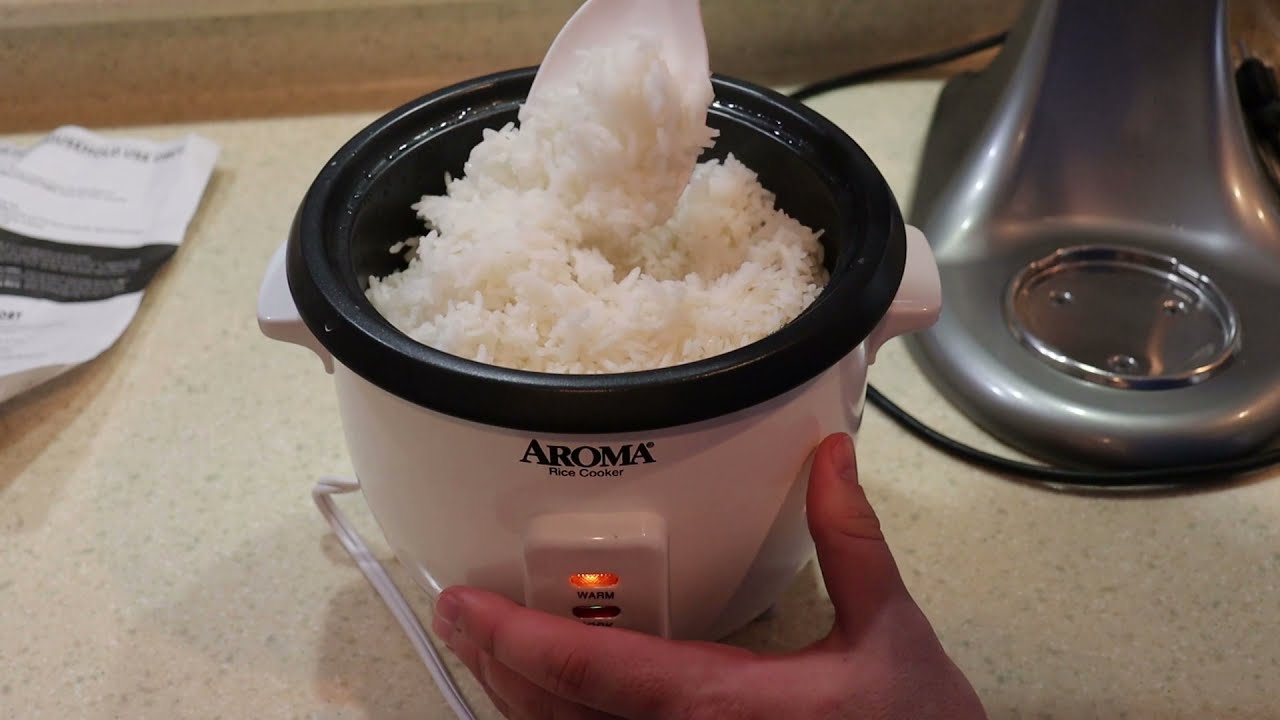
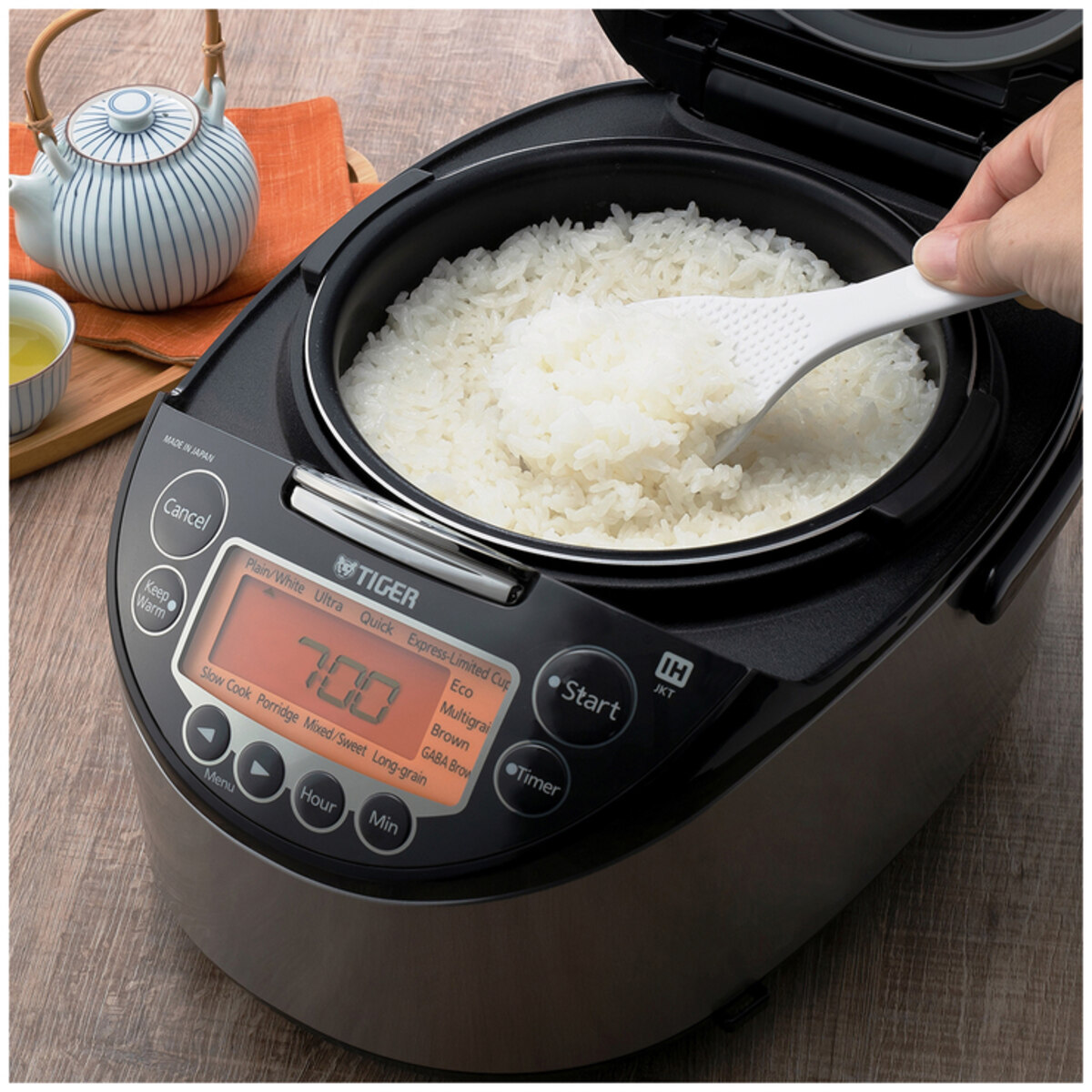
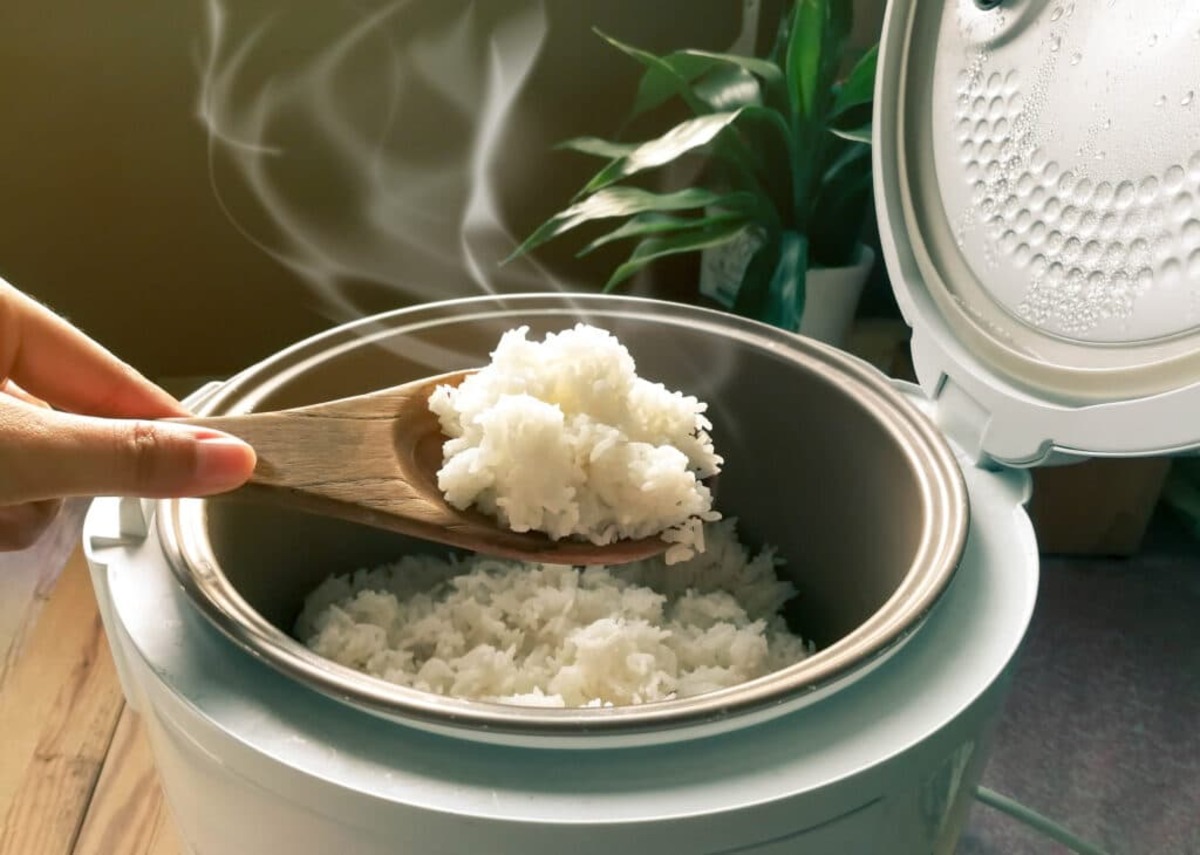
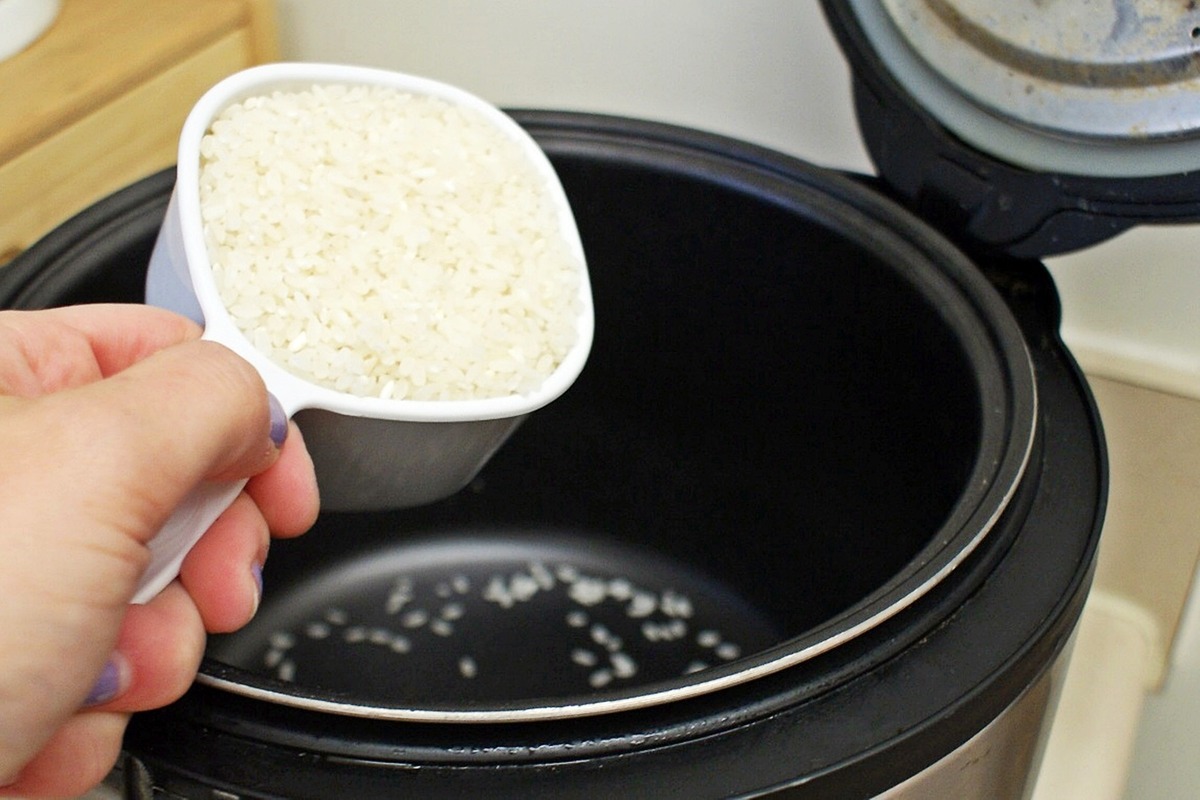
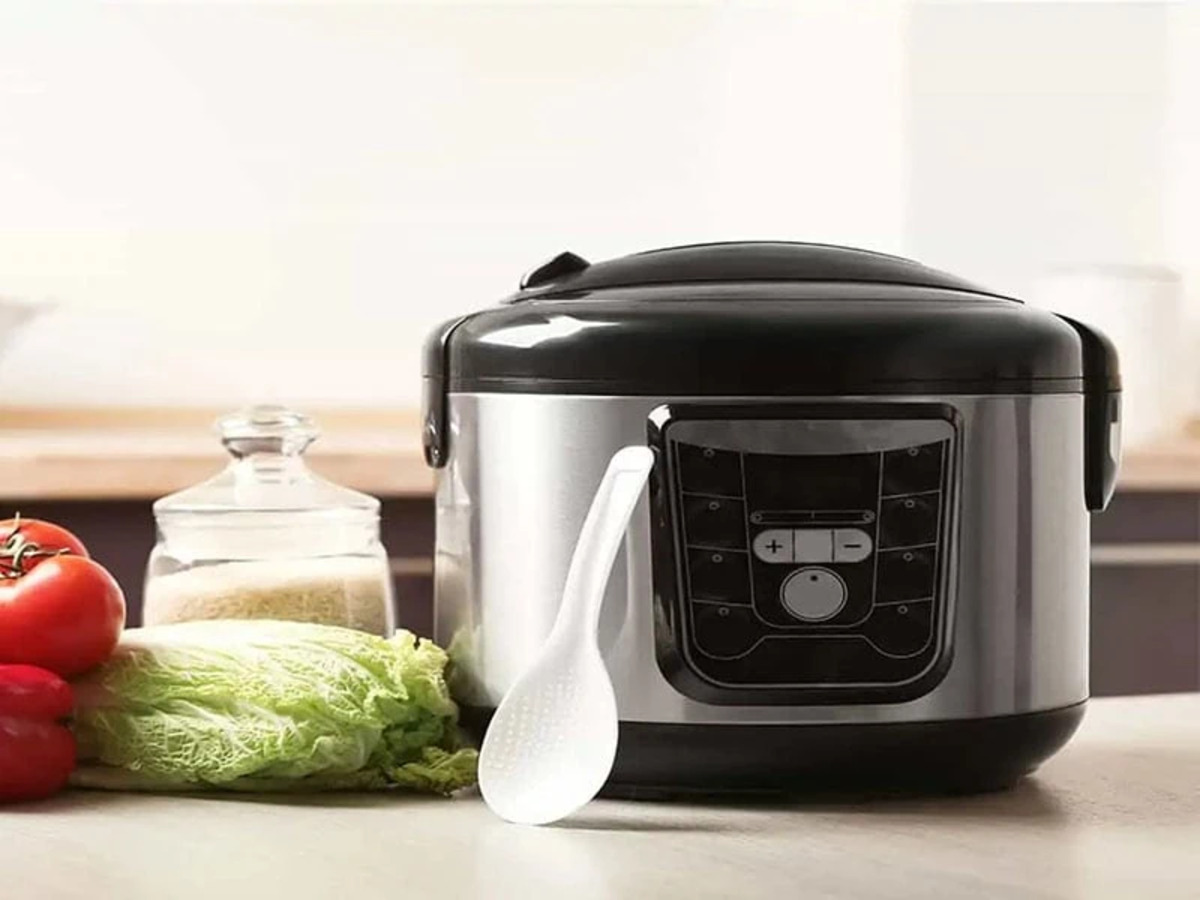
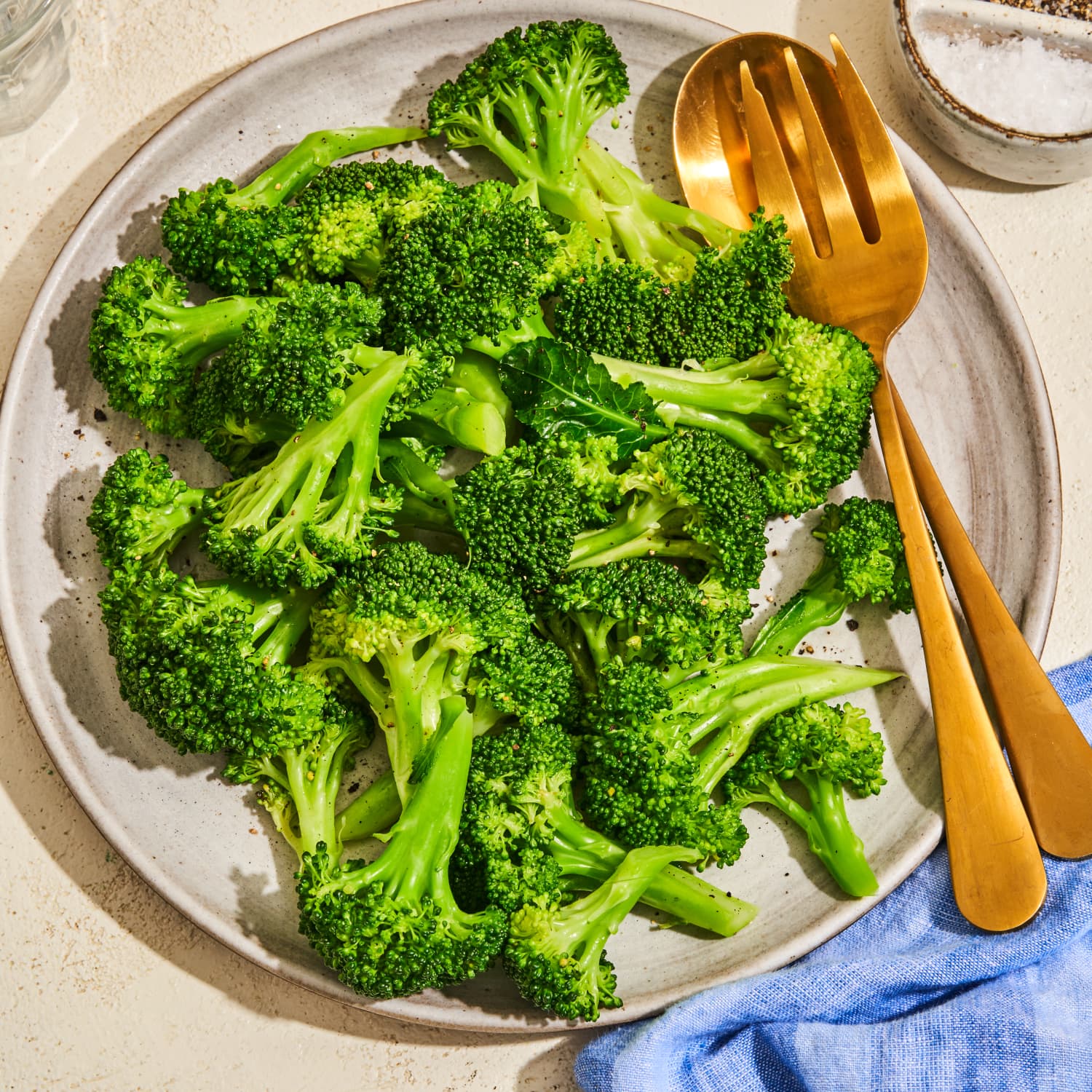

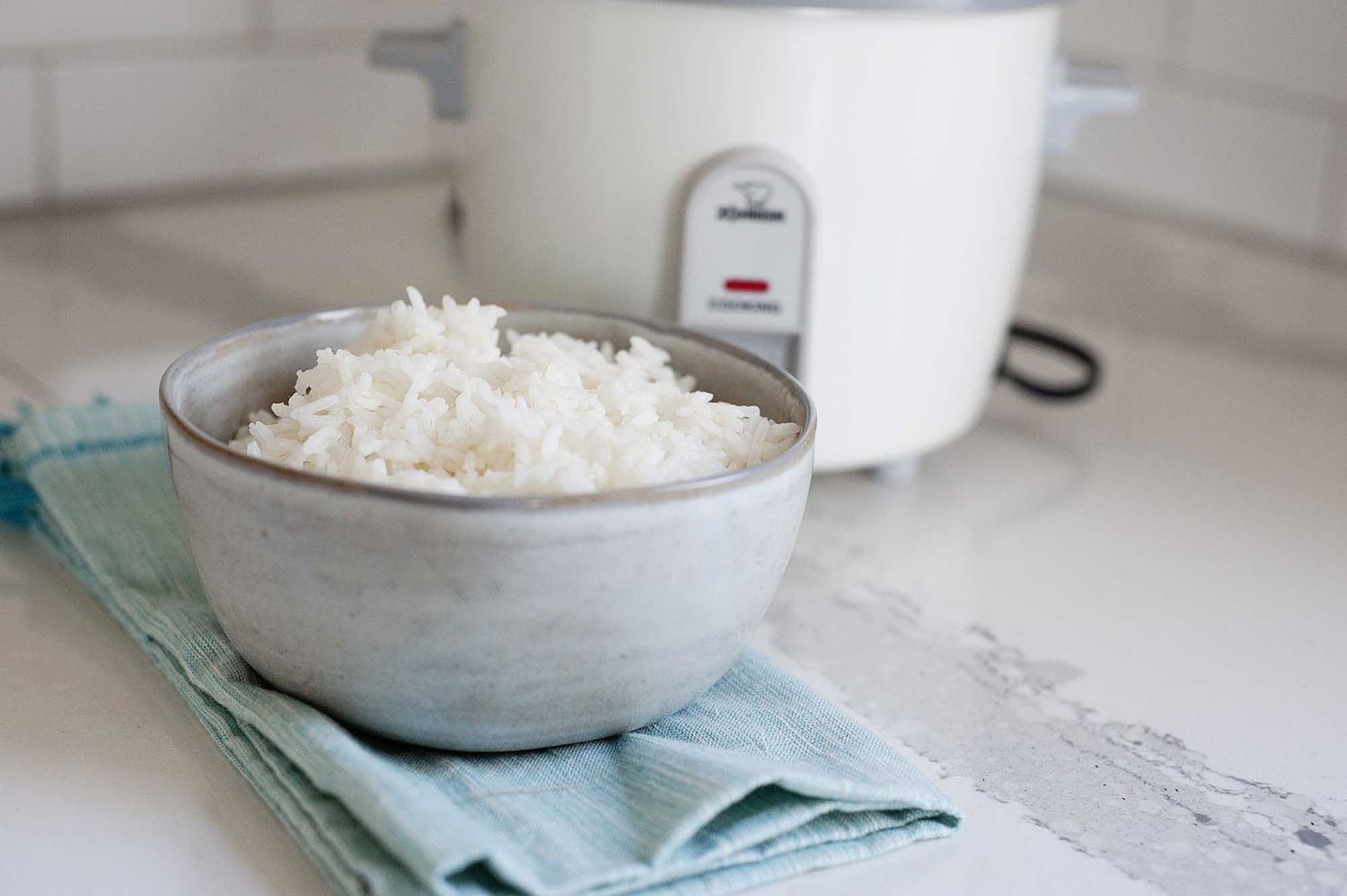
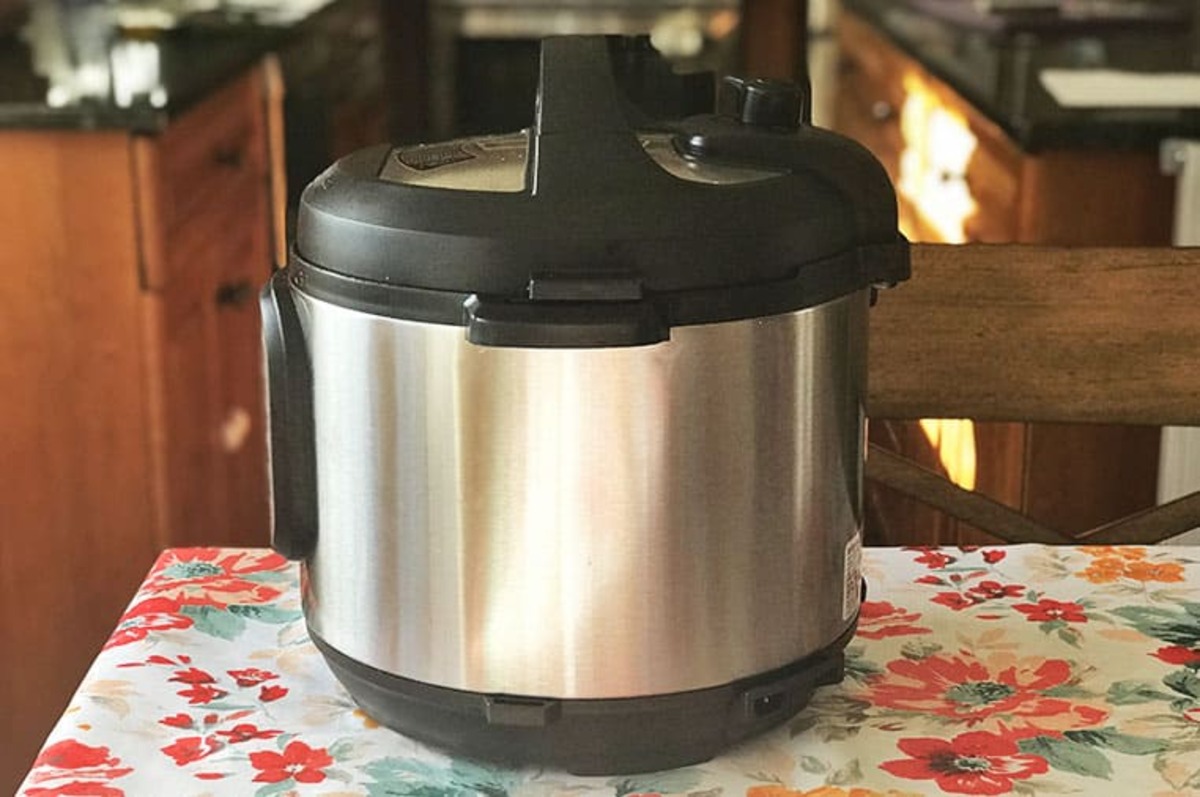
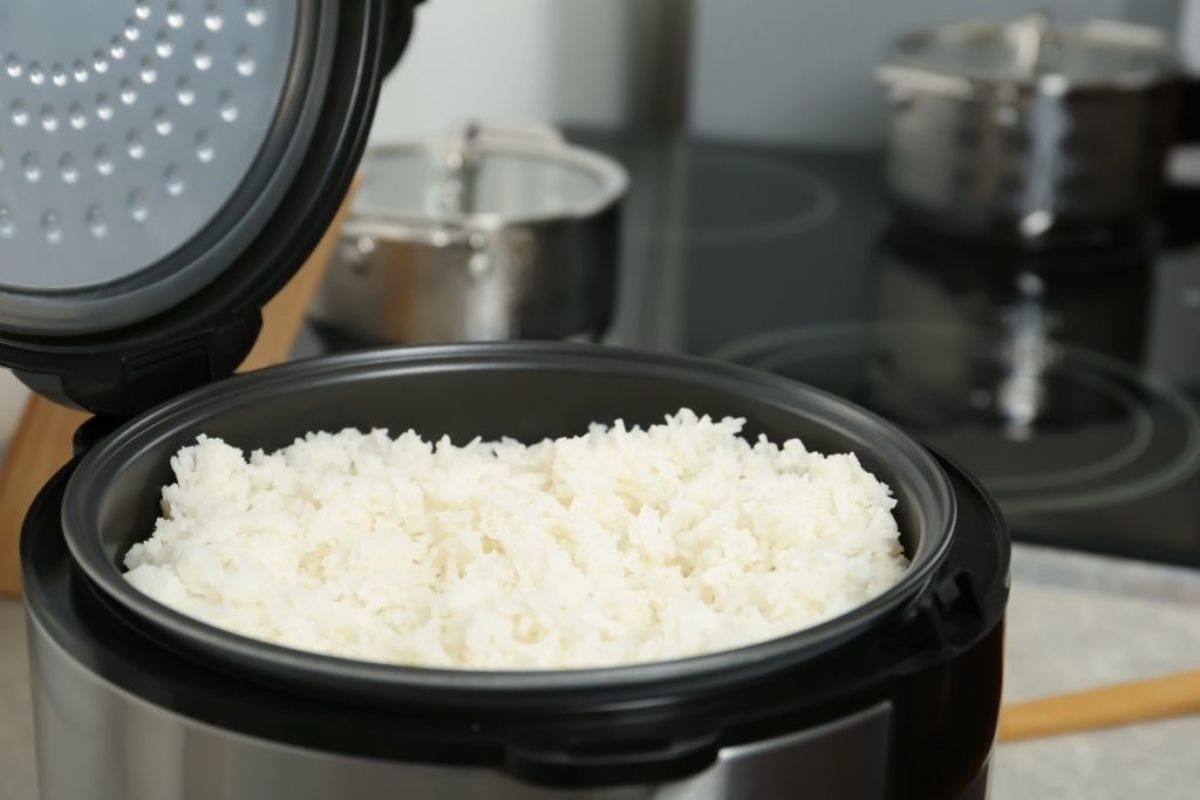
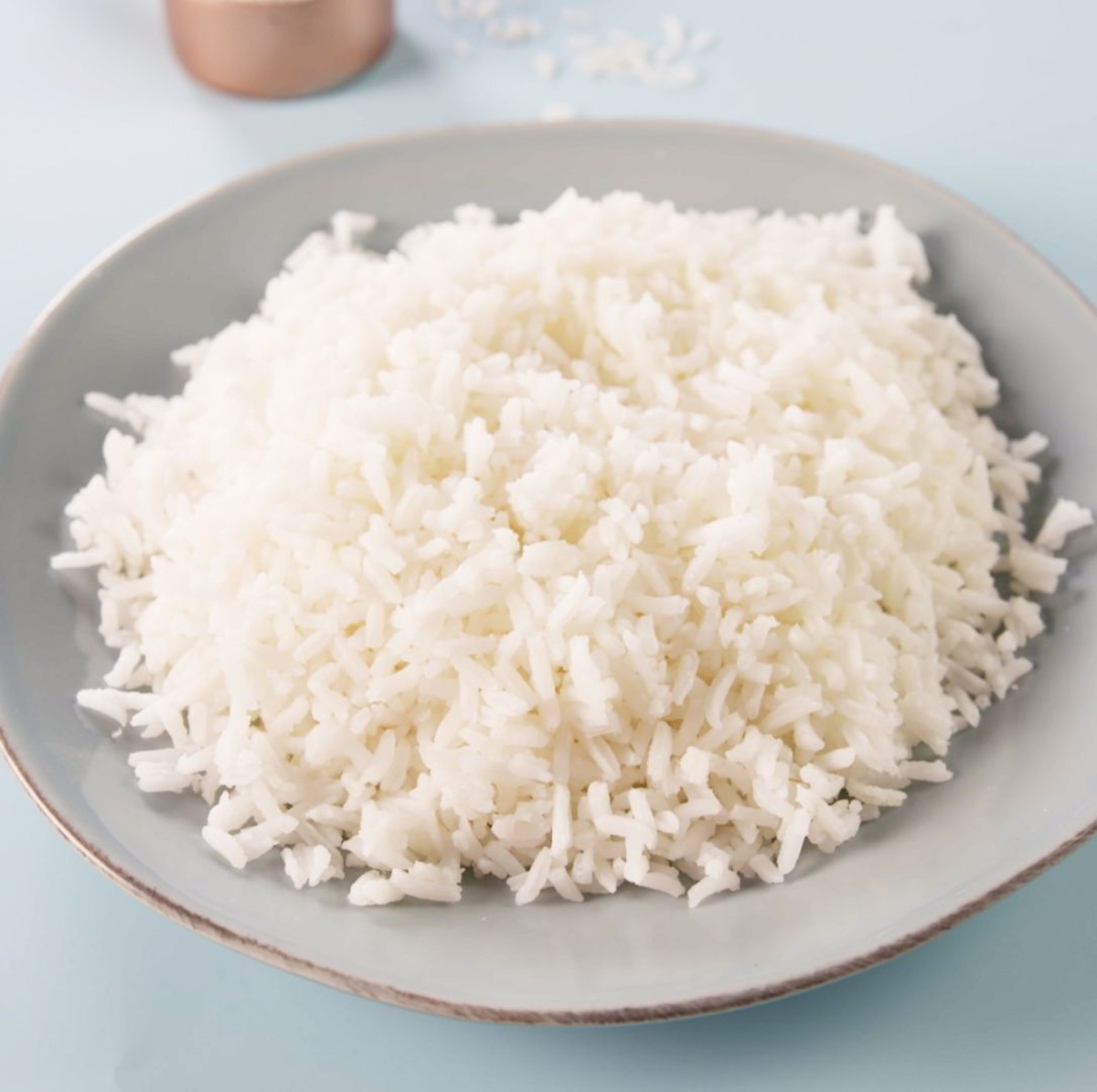

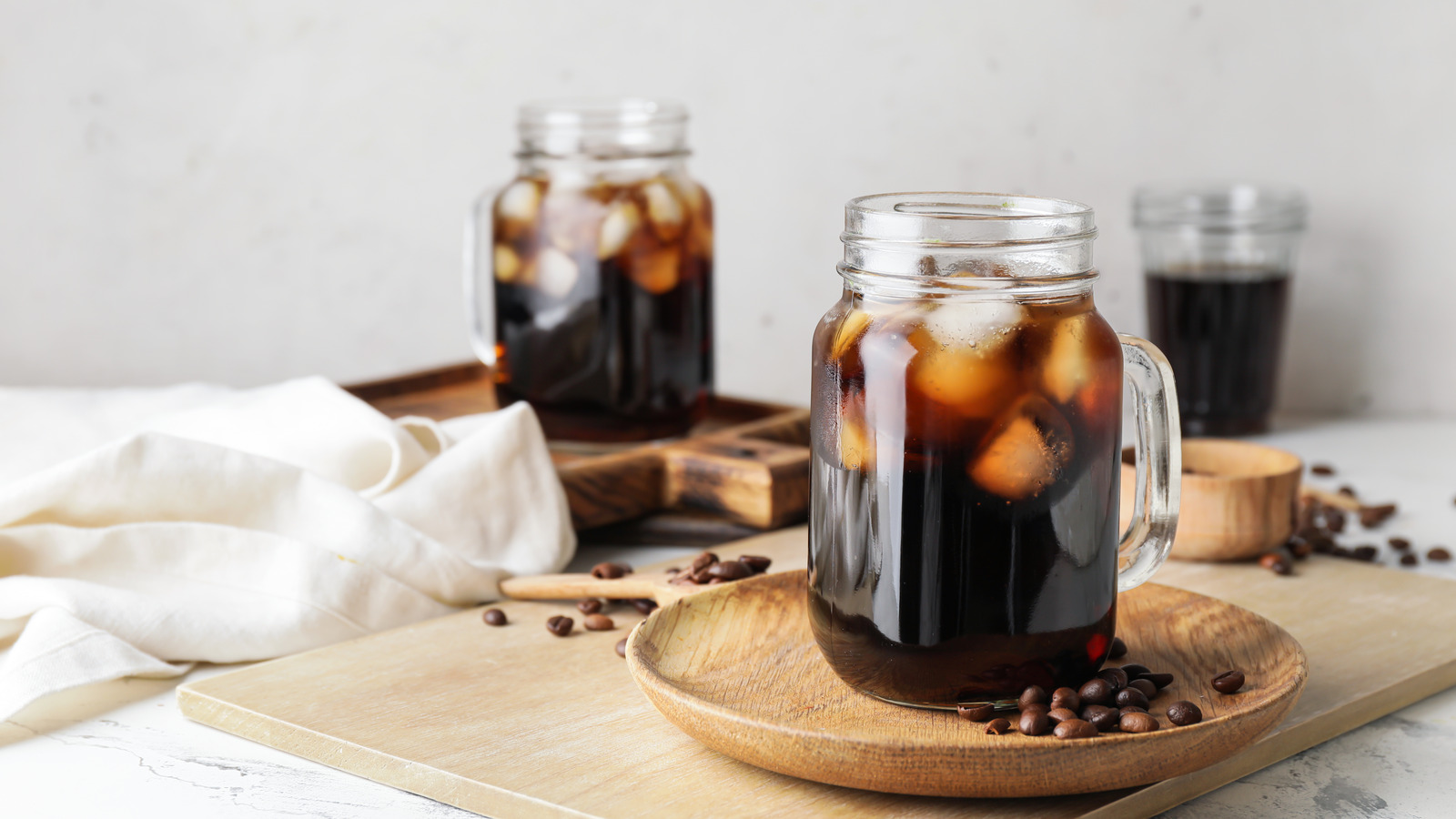

0 thoughts on “How Long Should I Cook Rice In A Rice Cooker”